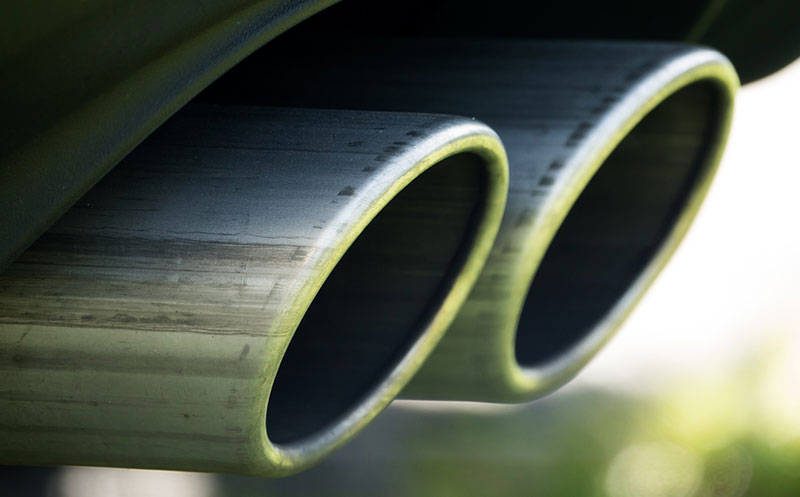Do you ever think about how much CO2 your vehicle emits? Maybe not, but did you know Australian cars use 23% more fuel than advertised? Now there’s a new voluntary CO2 Emissions Standard to help reduce vehicle emissions. Even so, it’s not there to tell Australians what to buy or carmakers what to make.
Choose cars with low emissions
The government’s Green Vehicle Guide details emissions from many makes and models of car. But there is currently no Australian emissions standard.
The new Federal Chamber of Automotive Industries (FCAI) voluntary standard sets two types of target for two types of vehicle. Targets for heavy SUVs and light commercials are lower than targets for passenger cars or light SUVs:
| Vehicles | CO2 reduction | CO2 by 2030 |
| Passenger cars and light SUVs | 4% pa | 100 gms/km |
| Heavy SUVs and light commercials | 3% pa | 145 gms/km |
The targets could be optimistic. Car Advice notes, for example, passenger car Hyundai i30 auto currently emits 173g/km and heavy SUV Nissan Patrol V8 emits 334g/km of CO2.
The code reflects what types of cars Australians buy – 25% of new sales are light commercial. FCAI says it won’t dictate what cars people buy nor will it penalise car makers for missing targets. It promises prices won’t rise to discourage people from buying utes or SUVs, which often have higher emissions. Opponents of the code claim, without compliance or penalty, it will have no teeth.
Use quality fuel
It helps to use good quality fuel in your car. Many people complain about the standard of Australia’s fuel. Europe, the US, India and China have a limit of 10 parts per million of sulphur in their fuel. This compares with 150ppm of sulphur in regular unleaded and 50ppm in premium unleaded in Australia.
Some argue our fuel is so poor quality, that manufacturers can’t sell their more fuel efficient vehicles here. This reduces choice and keeps Australians driving “dirtier” vehicles.
Drive an EV
Driving an EV may reduce emissions – or it may not. This Norwegian study claims:
- Production of an EV emits 30,000 pounds of CO2, compared to 14,000 pounds for a petrol car
- If electricity is coal-fired, an EV emits 15 ounces of CO2 per mile, compared to 12 ounces for a petrol car
- Driving 50,000 miles in an EV, puts more CO2 into the air than a similar size petrol car.
At the same time, their lithium-ion batteries rely on cobalt, graphite, lithium, and manganese. These are mined in countries known to have very poor environmental regulations. Is driving an EV the answer?
So the matter of emissions is not so simple. Is it any surprise if we don’t really want to think about it?
See our blogs, Mixed messages about car emissions and
Do Australians care about car emissions?


your opinion matters: